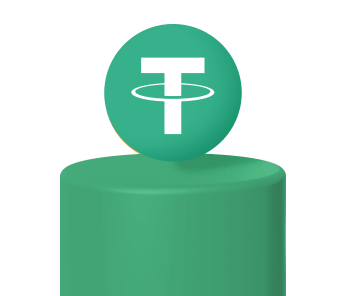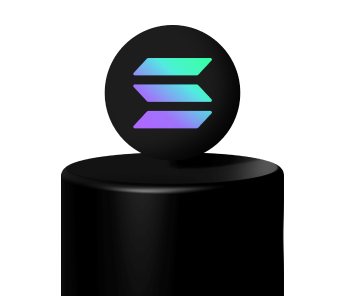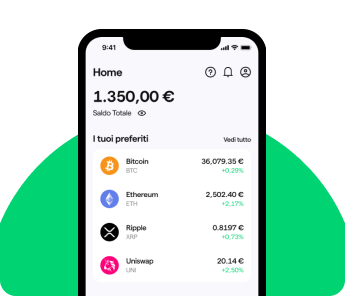Tether, the company behind USDT, has decided to create a new stablecoin pegged to the pound sterling, in anticipation of a boom in the UK crypto market
Although USDT is the most widely used stablecoin in the crypto ecosystem, its market cap has declined since the shake-up caused by the collapse of Terra (LUNA). The market cap of USDT is 66 billion, but just behind it is USDC, with 55 billion and an upward parabolic trend. The solution of Paolo Ardoino, CTO of Tether? Expand into other markets! The new frontier for Tether is the UK, and GBPT is the new stablecoin pegged to the pound sterling and based on Ethereum. Will gbp on blockchain be an antidote against the bearish market?
A new stablecoin pegged to the pounds sterling for the UK market
GBPT is a stablecoin pegged to the pound sterling that will be released in early July by Tether. In addition to the primary stablecoin USDT, Tether already has other cryptocurrencies pegged to fiat currencies. What are they pegged to? The Euro, Chinese yuan and Mexican peso. However, these cryptos in total have a very low market capitalisation, under $1 billion. Although these ‘minor’ stablecoins do not reach USDT levels, Tether has nevertheless decided to release the new GBPT stablecoin.
The motivation? According to Paolo Ardoino, the CTO of Tether, the UK will be the next frontier of the crypto market. The pound is one of the most widely used fiat currencies in the world and the UK is a world economic power. What’s more, the UK parliament has announced that it is working on a series of laws and regulations that could foster the development of crypto technologies. “Tether is ready to work hand-in-hand with UK lawmakers towards this goal, and we are excited to continue the expansion of Tether-signed stablecoins,” Ardoino announced.
According to Tether, the launch of a stablecoin pegged to the pound will make the crypto market better, i.e. more dynamic, facilitating transactions not only in the UK but worldwide. The Bank of England is looking into the possibility of creating a CBDC of the pound, but some critics have blamed the bank’s slowness. Tether fits right into this market gap with its GBPT.
Will stablecoin pegged to the sterling help Tether?
The idea of a stablecoin pegged to sterling was born during a bearish market phase, with the intention of reviving the use of Tether’s signature stablecoin ecosystem. USDT reached a record market cap on the 11th of May, during the collapse of Terra (LUNA), surpassing $84 billion in capitalisation. On 28 June, after just under two months, USDT’s market cap stands at USD 66 billion. A drop of about 20%!
The causes of this decline are many. Besides the arrival of the bearish market, the very transparency of Tether has been called into question. According to some critics, in fact, the company’s reserves would not guarantee a 1:1 ratio with the USDTs currently circulating on the blockchain. Tether was quick to deny the allegations, releasing the numerous third-party audits confirming its reserves, but the rumours were enough to call into question the stablecoin’s primacy. “These unfounded rumours contribute to panic in the market, probably to take advantage of an already stressed market,” responded a Tether spokesperson, warning those holding USDT on their wallet.
Picking up the slack from USDT is first and foremost USDC, Circle’s stablecoin. Over the past month, USDC has increased its market cap by 4%. At the same time, a new algorithmic stablecoin, Tron’s USDD, has emerged, which has stolen percentage points from USDT by relying on those who still have faith in algorithmic stablecoins despite the Terra disaster.
Will the move to create a stablecoin pegged to sterling prove successful? According to Tether, the GBPT stablecoin will be released at the beginning of July on Ethereum, but it will take a few months to see if the stablecoin will prove equal to USDT or if GBPT will end up being used by a small niche.






